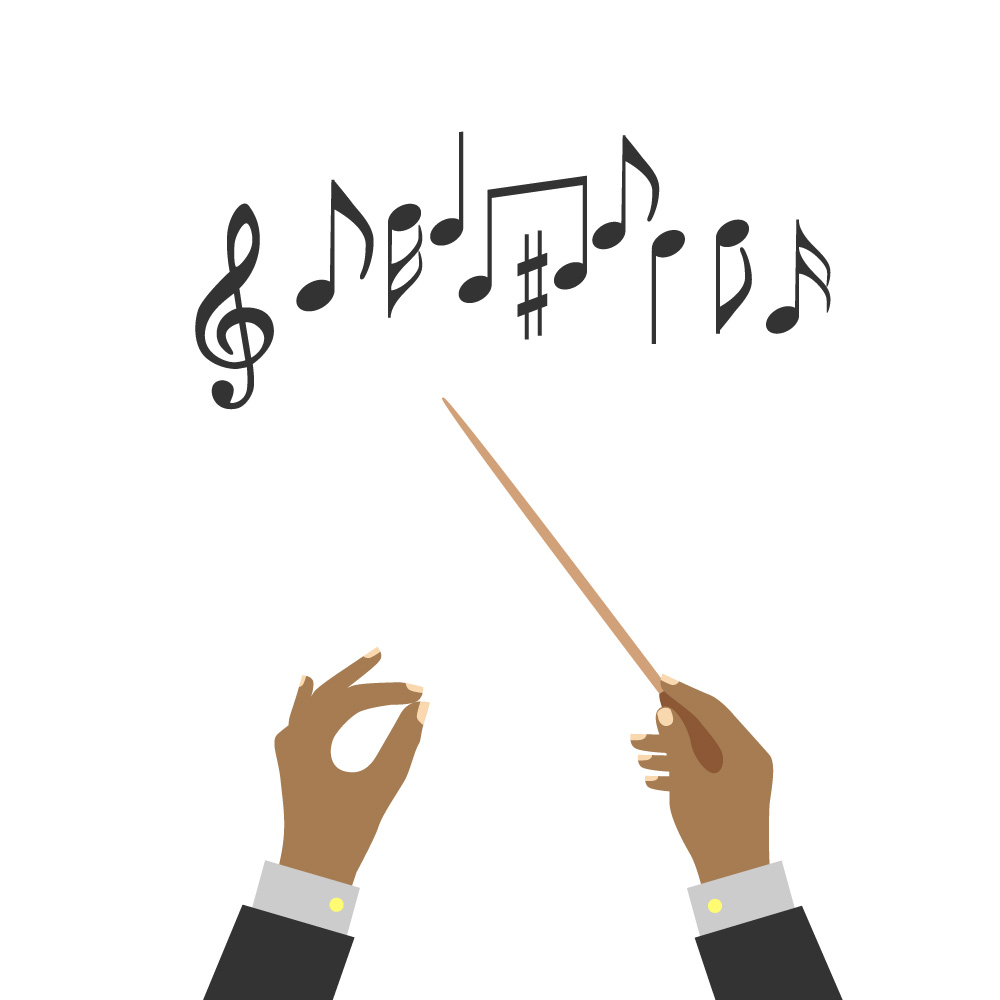
If someone says, “How about some music,” and you say, “Sure — Beethoven’s Fifth?” do you think they’ll be happy if you just hand them a printed copy of the score?
A musical score is intended to be performed, and you don’t have a performance without musicians, a conductor, and the stage and lighting crew. Any two performances will be different, at least slightly and sometimes significantly.
A novel or a short story — or a non-fiction book or an article — is, on the other hand, a finished work. You sit down, you read it, you get the same thing every time. Right?
Ha, no.
We’re all editors here, so we know how many pairs of eyes and hands have worked on a text before it’s published. But we might assume that once the wording is finalized and all the errors are fixed, the text is done, and all printed versions are fungible.
Even though we know it’s not true.
We know it’s not true because we know that reading an article in a print magazine is different from reading it on a website. We know what a difference some seemingly small things can make — misalignments, for instance, or bad breaks.
And we also know it’s not true because when we’re shopping for books, if there are several editions of the same work, we will choose carefully. Just as we may choose between a performance of Beethoven’s Fifth that is fast-paced and percussive and one that is more stately and smooth, we may likewise choose carefully between two editions of, say, Jane Eyre. One of them might be in a casewrap hardcover with a photo, printed on pulp paper, with a tight typeface, narrow margins and no paragraph indents, while the other might be a trade paperback with a stylish minimalist cover, printed on creamy, durable paper, with a graceful typeface. You’ll get the same story, sure, but you won’t get the same feeling from reading it.
A book is a performance of a text. So is a magazine layout of an article. So is this website presentation of the article you’re reading now.
Different performances differ in so many details. If it’s a website, are there pictures? How wide are the columns? Are they cluttered with ads? What font is it in? If it’s a book, does it feel cheap or luxurious? Is it light or heavy? What does the cover look like? Do you like the typeface? Is it easy to read in low light? Do the pages turn easily? And, for heaven’s sake, how does it smell?
Does all this seem peripheral to the actual text? Tell me this, then: if you’re buying an audiobook, does it matter whether it’s read by Benedict Cumberbatch or Tom Waits? Helen Mirren or Siri? You’re getting the same story, right?
Sure you are. But a different performance. And the difference between typefaces in which you read Sherlock Holmes stories can be as affecting as the difference between Jeremy Brett’s Sherlock and Basil Rathbone’s. The difference in page layout, paper, and binding can make as much difference as the set design of a production of a play. The page is a stage — or a concert hall.
___
- Previous post from James Harbeck: Sure-fire Opening Lines
- The Editors’ Weekly is the official blog of Editors Canada. Contact us.
Discover more from The Editors' Weekly
Subscribe to get the latest posts sent to your email.
